Dow Surges Past 40,000 as Slowing Inflation Fuels Rate-Cut Hopes | Daily Market Analysis
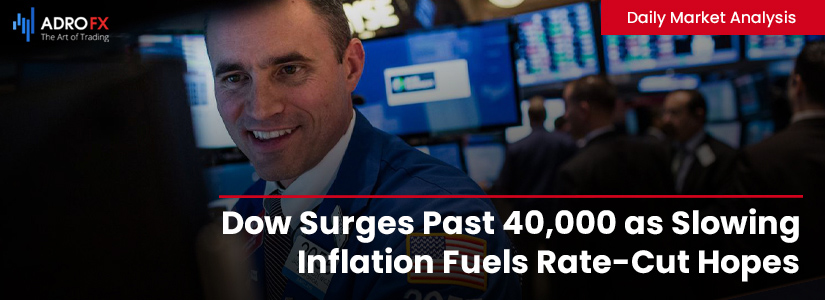
Key events:
- UK - GDP (QoQ) (Q2)
- USA - Core Retail Sales (MoM) (Jul)
- USA - Initial Jobless Claims
- USA - Philadelphia Fed Manufacturing Index (Aug)
- USA - Retail Sales (MoM) (Jul)
The Dow closed above the 40,000 mark on Wednesday, rising as signs of slowing inflation bring the Federal Reserve closer to potentially cutting interest rates next month.
The Dow Jones Industrial Average gained 242 points, or 0.6%, ending at 40,008.12. The S&P 500 increased by 0.3%, while the NASDAQ Composite remained flat.
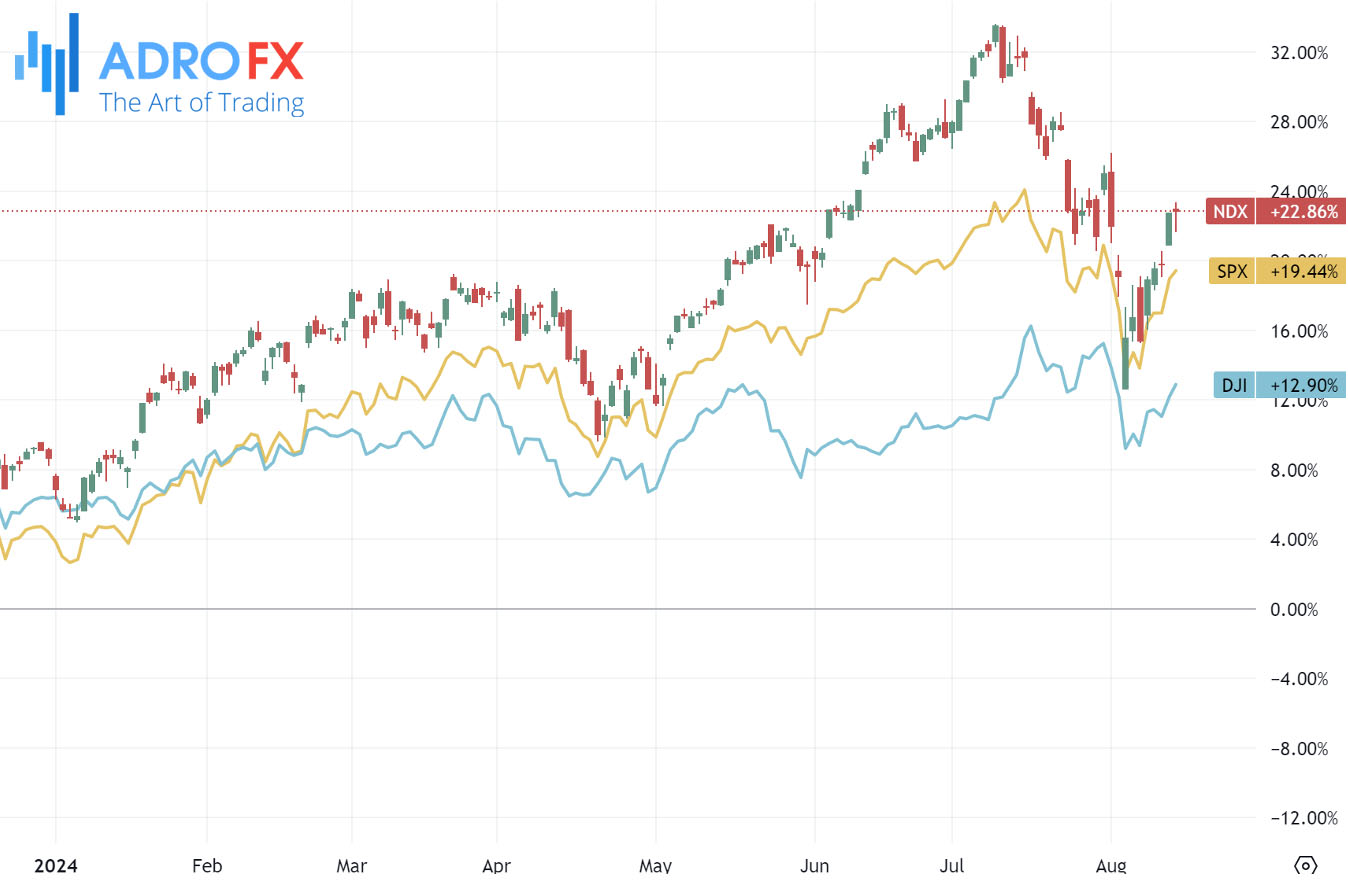
Intel (NASDAQ: INTC) dropped over 2% after a regulatory filing revealed the company sold its 1.18 million share stake in British chipmaker Arm Holdings (NASDAQ: ARM) during the second quarter. Earlier this month, Intel announced plans to reduce its workforce by more than 15% and suspend its dividend due to reduced demand for traditional data center chips and a growing focus on AI-related semiconductors.
Alphabet Inc Class A (NASDAQ: GOOGL) also fell 2% following a Bloomberg report suggesting that the US Department of Justice is considering measures to curb Google’s dominance in online search, including a potential breakup.
The GBP/USD pair retreated below 1.2850 on Wednesday after inflation data from both the UK and US showed easing pressures. This decline snapped a four-day winning streak for the pair, with attention now shifting to upcoming UK GDP figures and US Retail Sales. The UK's quarterly GDP growth is expected to slow slightly to 0.6% from 0.7%, while annualized GDP is forecast to recover to 0.9% from 0.3%. Meanwhile, US retail sales are projected to rise by 0.3% in July after being flat in June.
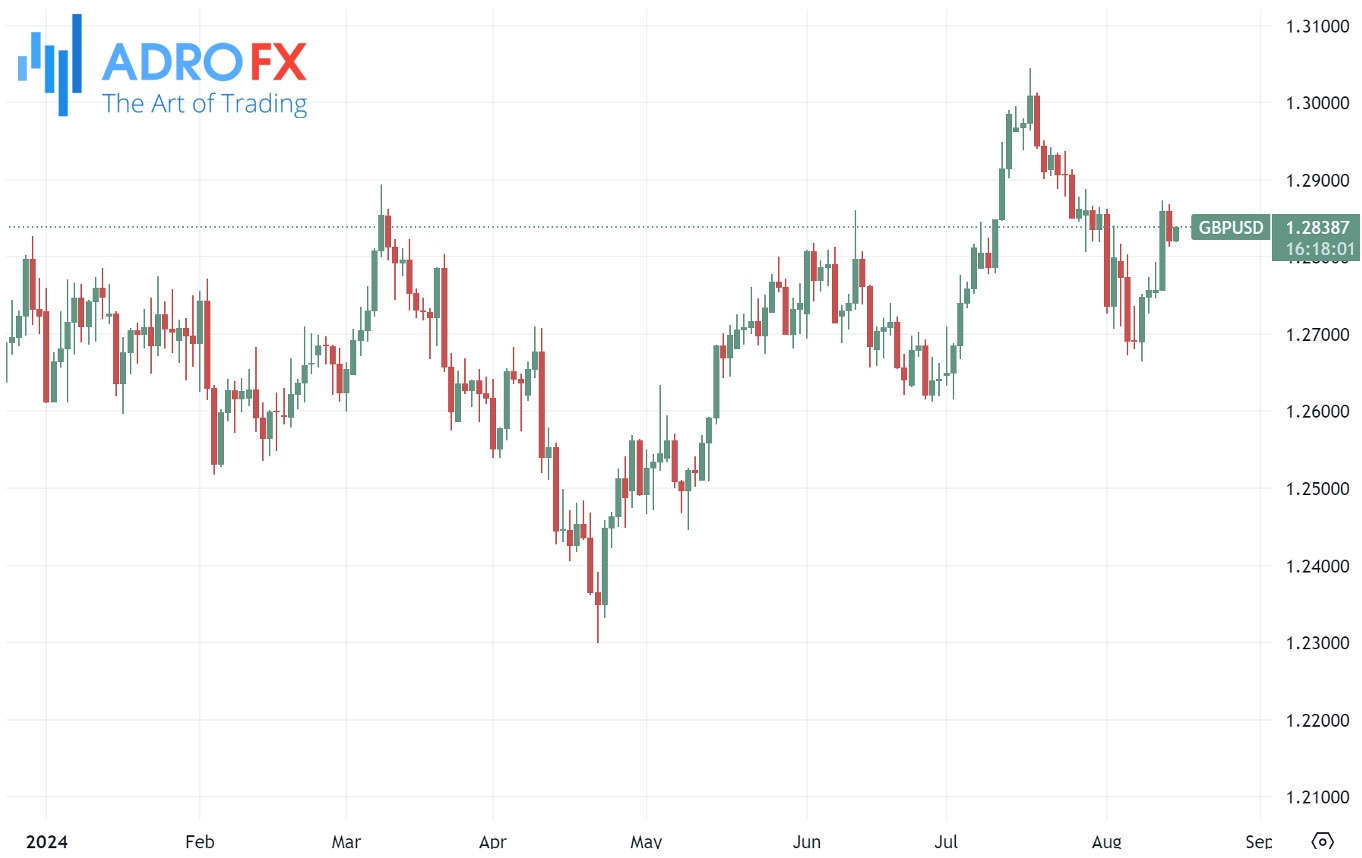
The US Consumer Price Index (CPI) inflation rate for July came in at 2.9% year-over-year, just below expectations of 3.0%. Core CPI also dropped to 3.2%, down from 3.0%. Despite this, both headline and core monthly CPI rose by 0.2%, surpassing the previous month's figures. While inflation at the consumer level eased, many investors were expecting an even sharper decline following the US Producer Price Index (PPI) report, which showed a more significant reduction in wholesale price pressures. As a result, the likelihood of a double rate cut by the Federal Reserve in September has decreased to 40%, down from 50% earlier this week.
In the UK, CPI inflation rose to 2.2% year-over-year in July, slightly below the 2.3% forecast, but still up from 2.0% the previous month. Core CPI inflation slowed to 3.3%, down from 3.5%.
The Australian Dollar saw some gains following moderate employment data released on Thursday but struggled against the US Dollar due to falling copper and iron ore prices, compounded by weak credit data from China. The Reserve Bank of Australia remains cautious about inflation, with Governor Michele Bullock ruling out any rate cuts in the near term and signaling the possibility of further hikes.
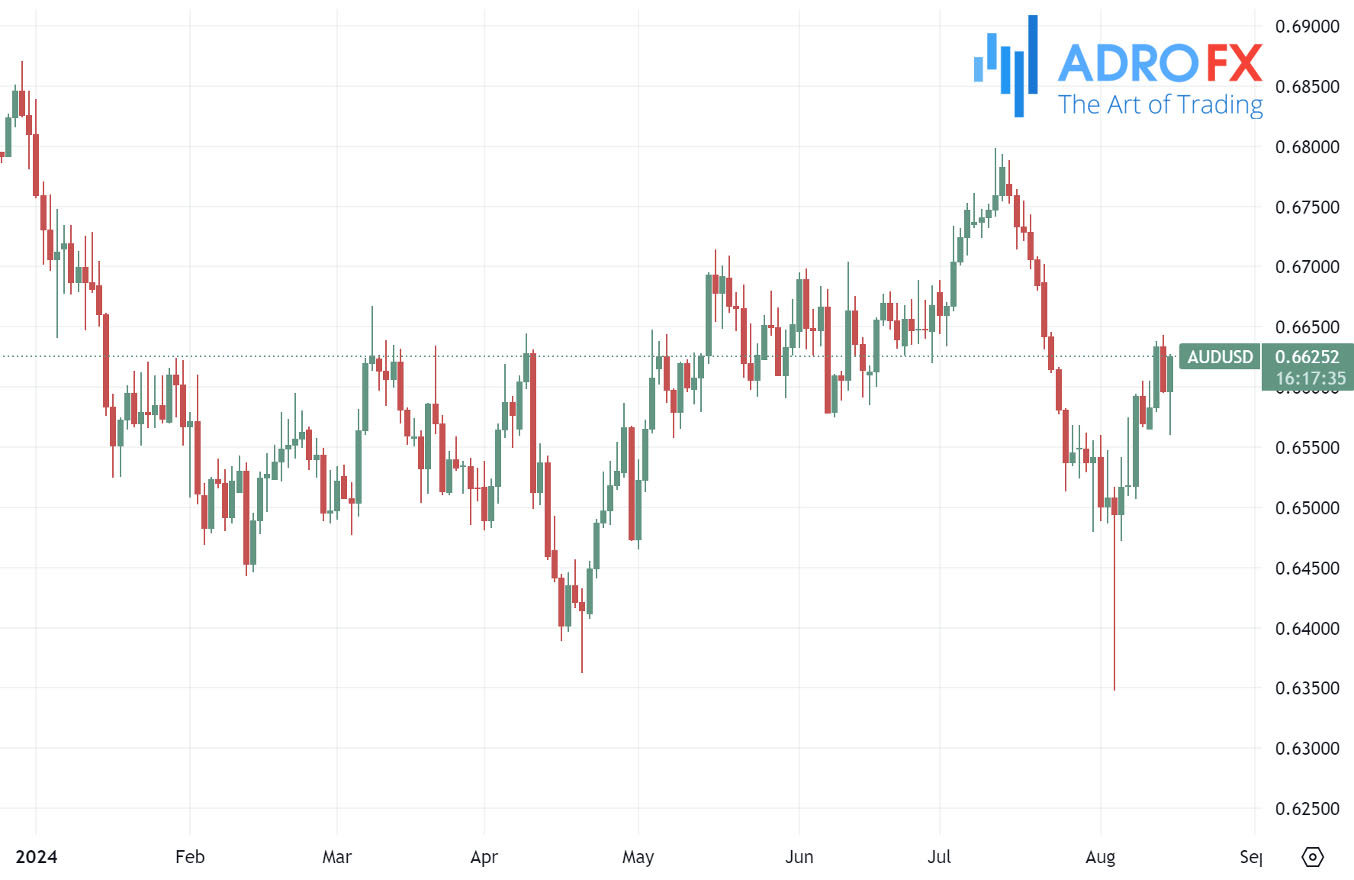
The New Zealand Dollar traded lower after a surprise rate cut by the Reserve Bank of New Zealand, though mixed economic data from China helped limit losses. Any signs of recovery in the Chinese economy typically boost the NZD, as China is New Zealand's largest trading partner.
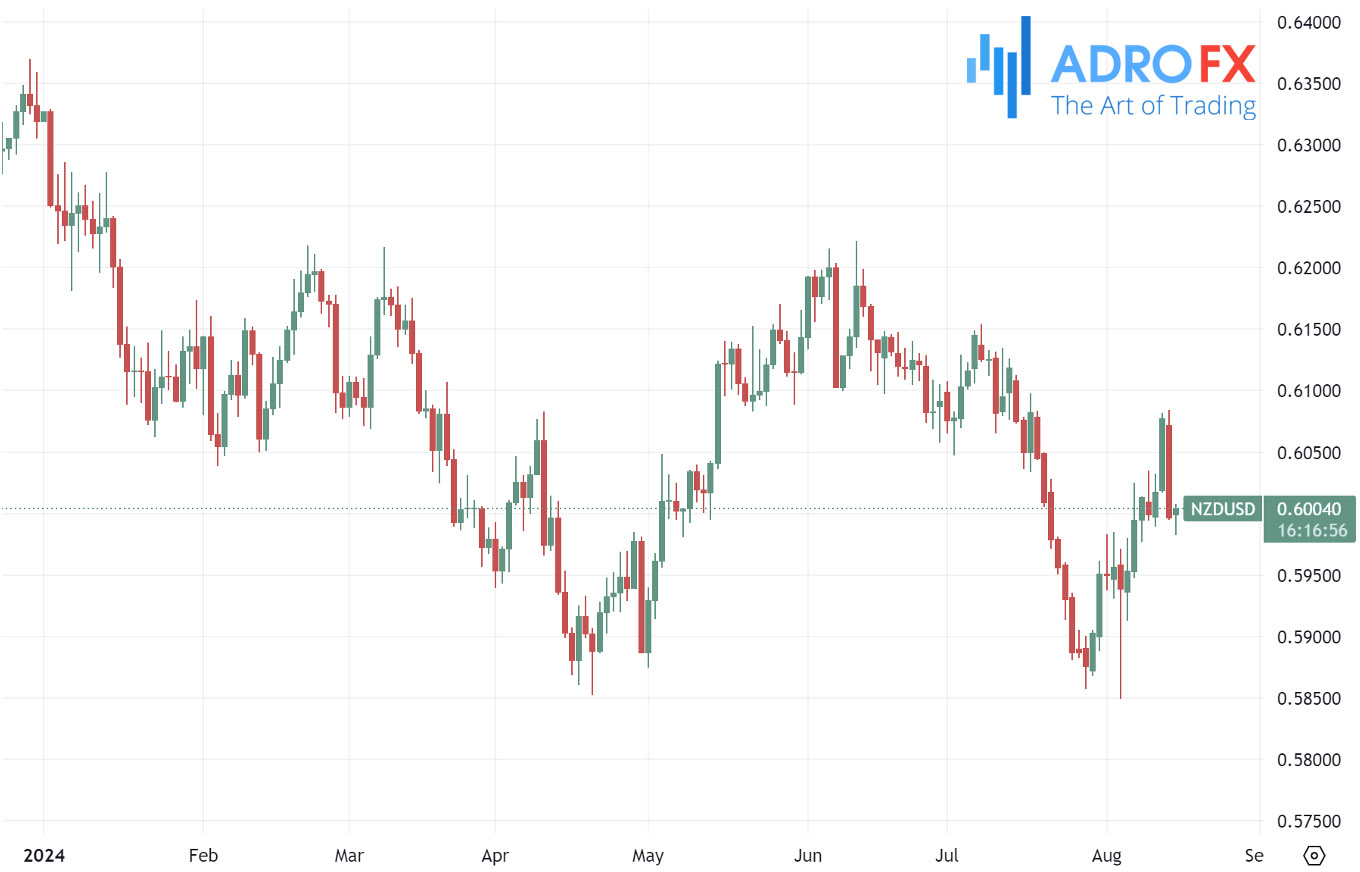
Meanwhile, the USD/CAD pair strengthened near 1.3715 during Asian trading hours on Thursday, with the Canadian Dollar under pressure from falling crude oil prices.
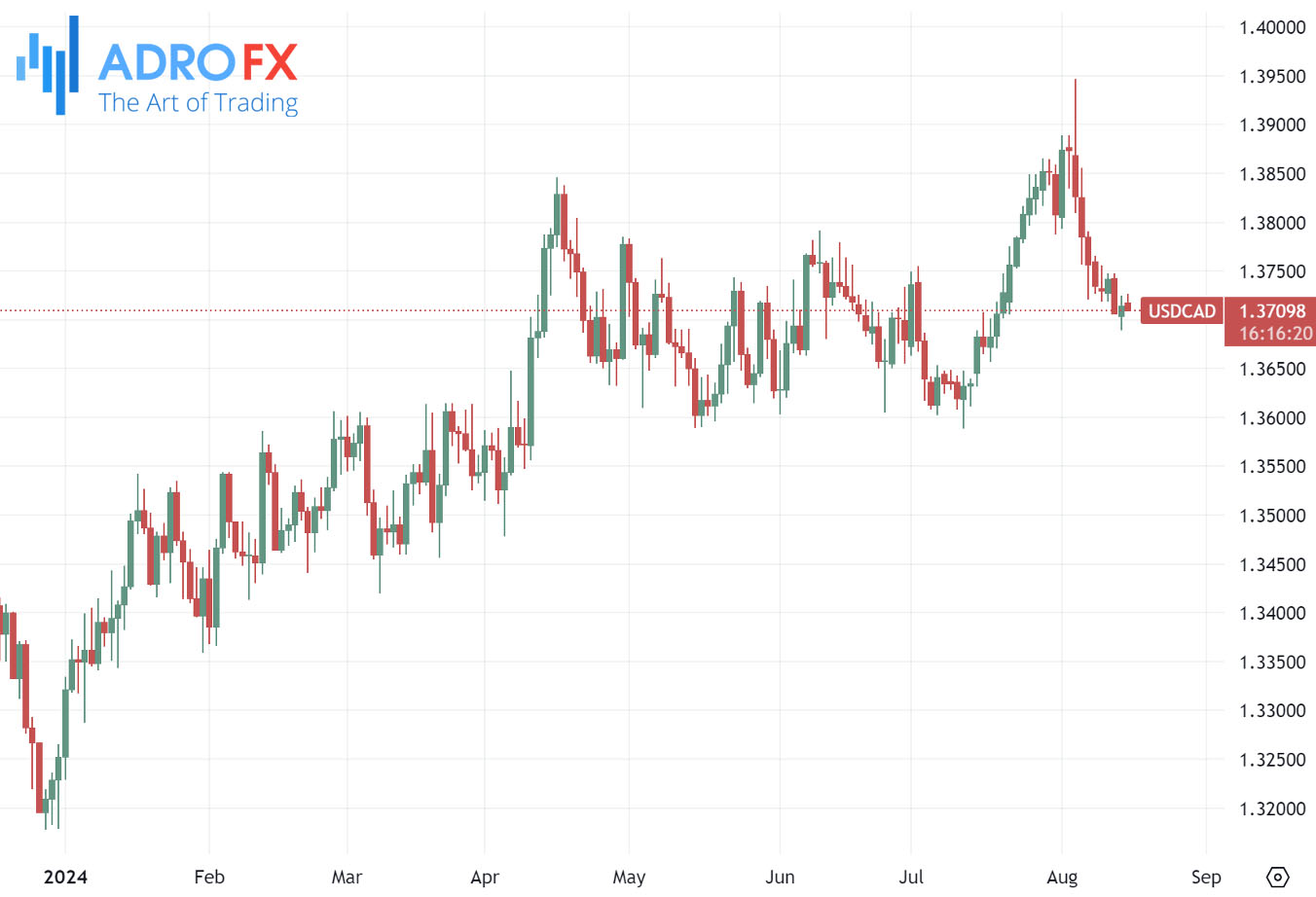
Economists predict that the Bank of Canada could cut rates at its remaining meetings in 2024, which may weigh on the CAD in the near term. Additionally, Canada's position as the largest exporter of oil to the US leaves the CAD vulnerable to fluctuations in oil prices.









